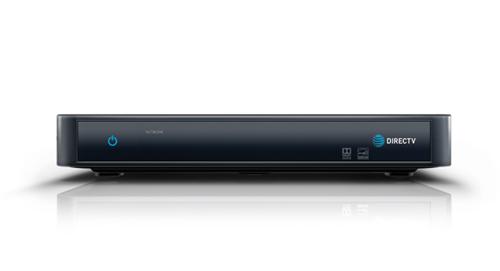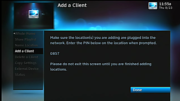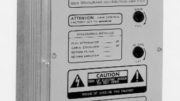Here’s the secret: AT&T hopes that you don’t think there’s any difference at all between its old-school receivers and its fancy new Genie Mini Clients. They don’t want you to think of the hardware at all, only the experience — and they’ve spent a lot of time refining the experience so it’s exactly the same on both.
But let’s suppose for a moment that you’re not satisfied with that answer. Let’s say that you want to really understand the difference. It comes down to one thing: the tuner.
Getting into the details
A traditional DIRECTV box is what’s referred to in the industry as an IRD: an Integrated Receiver/Decoder. It receives signals from a satellite dish that are pretty much just the same way they come down from the sky, that’s the Receiver part. There are differences between the signal that hits the dish and the signal that gets to the box but that’s not important. It also uses smart-card technology to decode the an encrypted signal and display it on your TV, that’s the Decoder part. So there’s a lot going on inside a DIRECTV box, especially considering that a full-featured one like an HR24 can pull in two signals, buffer them on a hard drive, output them in more than one resolution at once, and use fancy logic to figure out if it needs to store the signal it gets on the hard drive for playback later.
Clients don’t do those things
And then there’s a client, which does none of that. Well, it does the outputting, but not the receiving or the decoding or the logic. In a Genie system, all the hard work is done by the DVR, and it does a lot – five tuners at work plus receiving stuff over the internet. And it doesn’t just output to a TV, it can output to other clients.
Whaaaaa?
That’s right, the Genie DVR treats the clients almost like they were TVs. The DVR creates a complete signal that includes everything you need to see. It then sends the signal over the coax line complete with menus and video and audio and everythin. The client receives it and outputs it to the TV “as is.” The client also accepts commands from you via the remote control and sends them back to the Genie DVR to be understood. That’s the whole extent of its exciting life. In fact, it kind of makes sense to think of the client not as a DIRECTV box, but as a sort of DIRECTV-to-TV adapter for use if your TV doesn’t have one.
Client boxes are fairly inexpensive to make. They use only a tiny bit of power. That makes DIRECTV happy and makes you happy when you open your electric bill. They can also be very small and that makes everyone happy. So, you see the evolution from receiver to client is a good one, and now you understand why.
Taking a client box on the road
That’s why you can’t take a client on the road with you. I understand how tempting it must be. After all the client is small and easy to transport. But without its host DVR, the client has nothing to show you. It can’t pull in signals by itself and it can’t store programs.You can use a phone or tablet connected to a TV, though. At least you’ll get a lot of on demand stuff and about 100 channels of live TV.
If you’re looking for a way to watch DIRECTV programming from a real receiver though, there is a solution. Call the experts at Solid Signal and they’ll happily help you! The number is 888-233-7563. If it’s after East Coast business hours, fill out the form below. They’ll get back to you, usually within 24 hours.





